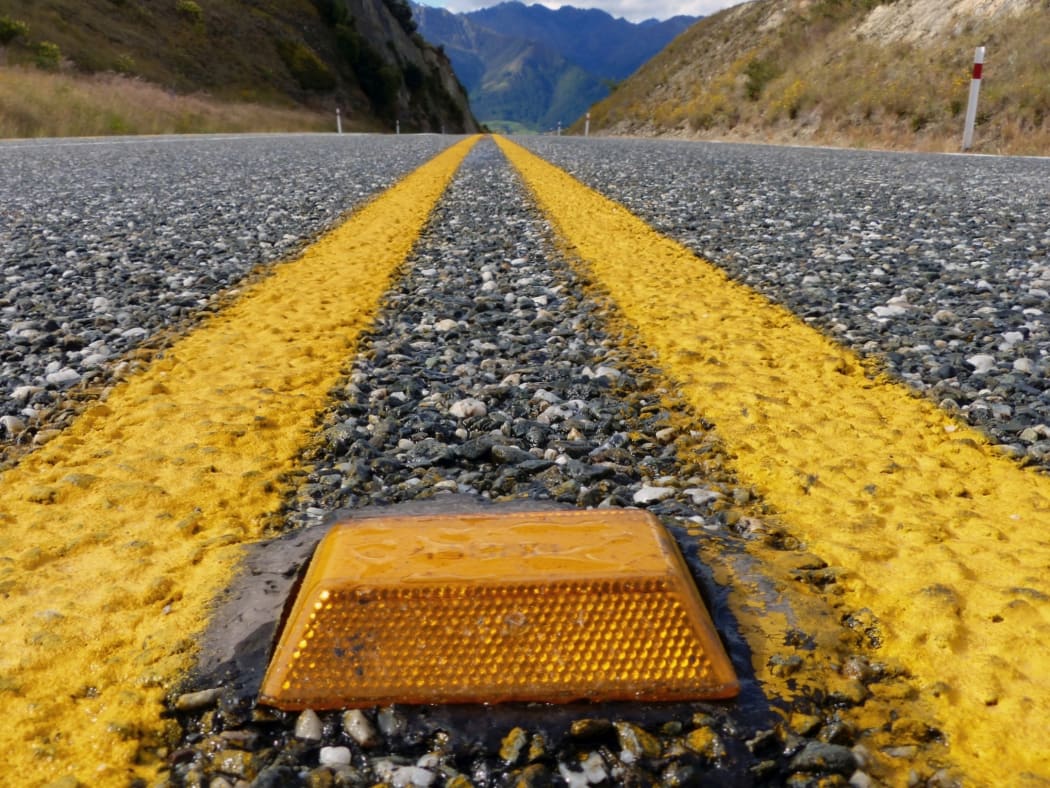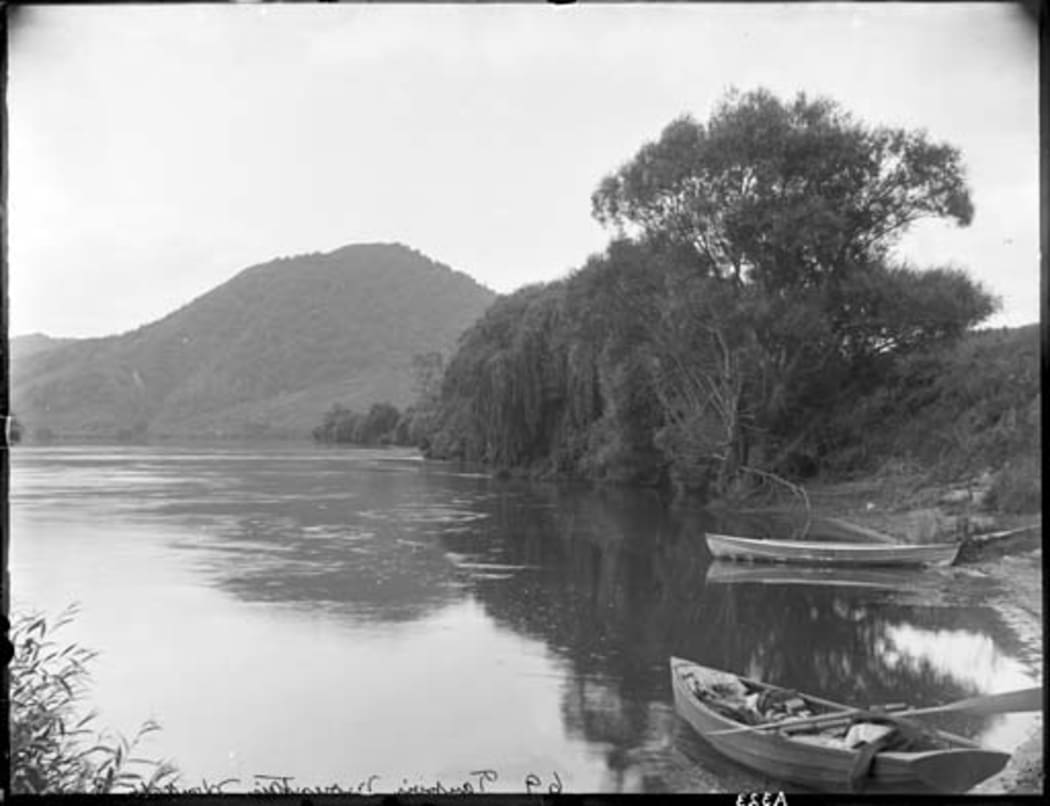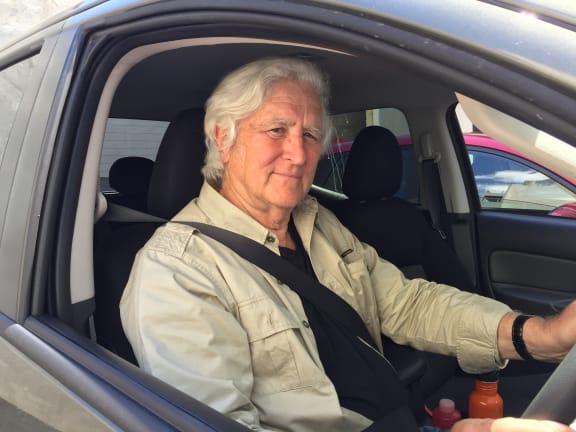Roads hold hidden histories
John Bluck explores the ways of the road in this second of a series about the place roads have in New Zealand history, consciousness and identity.

Photo: Flickr / Bernard Spragg
From the talk
There is nothing neutral about a road. It always holds a hidden history that created it, mapped its path and set the price tag it carries, depending on why it came to be. To fight a war, conduct a manhunt, bring out the gold, the timber and wool, service a power station or impress the visiting royals. Those are just some of the reasons that launched the roads we travel now.
Take The Great South Road linking Auckland to Hamilton. One of our earliest. It began life as a bridle track, but the road itself started in 1843 and got as far as Drury by 1855, despite Thomas Gore Brown’s government promising the Maori chiefs that it wouldn’t go past Otahuhu.

Looking along Great South Road, Otahuhu, Auckland, c.1928 Photo: Flickr / National Library
But under Governor George Grey, determined to stop the Maori King movement in its tracks, we suddenly had our very first Highway of National Significance. Using 2500 of General Cameron’s troops, armed with shovels, picks, fern hooks and spalding hammers, with gun carriages deployed to carry away the spoil, the road stretched southward carrying the tools of conquest, with gunships plying the Waikato River alongside.
Unless you stop off in Pokeno and visit the remains of one of those gunships, or turn off at Rangiriri to view the battle site in the cafe, there is nothing on the motorway to say this is a road of unimaginable suffering from a war that we still refuse to commemorate as a nation.

Taupiri Mountain and Waikato River, c. 1910 Photo: Auckland Museum
We drive it today at a 100 kph insulated from and oblivious to a heritage that still waits to be healed.
It’s the same road that Doug Graham, then Minister of Treaty Settlements, drove, and under the shadow of Taupiri mountain, pulled over and burst into tears one morning, suddenly overwhelmed by the story it told.
An enduring peace was finally declared between the rubber and the road and smooth highways became a human right. In the 19th century we expected our roads to be rough and our journeys long.
By the 21st, we take it for granted they’ll be smooth and fast.
But the history lingers, as it should. Every time I drive the steep hill road to Matakana I remember the workers who carved it out of the hillside with shovels and wheelbarrows, bullocks and drays. They slogged away through the depression years, on survival wages, during long winters when the bullocks sank up to their girths in the mud.
As I speed up the hill, I’m ever grateful to them. Their story endures.
More reading
Historian Vincent O’Malley’s book The Great War for New Zealand: Waikato 1800-2000
Rangiriri Pā returned to Waikato-Tainui iwi
Other parts of the series
Roads Run Through Us Episode 1
Roads Run Through Us Episode 3
Roads Run Through Us Episode 4
Roads Run Through Us Episode 5
Roads Run Through Us Episode 6
About the speaker

Photo: RNZ / Paul Bushnell
John Bluck
John Bluck was born in Hawkes Bay, educated at Napier Boys’ High School, the University of Canterbury and the Episcopal Theological School in Cambridge Massachusetts. He's had interwoven careers in journalism and ministry for the Anglican Church, spending time as a reporter in Boston, USA.
A former journalism tutor and chaplain at the Wellington Polytechnic, he has edited a number of publications including the World Council of Churches’ "One World" magazine in Geneva.
His ecclesiastical career started in Gisborne and took him to posts as varied as Director of Communications at the World Council of Churches, Professor of Pastoral Theology and Communication at Dunedin's Knox Theological Seminary, and Dean of Christchurch Cathedral. He was the 14th Anglican Bishop of Waiapu.
After resigning his See in 2008, he left moved to a rural setting near Warkworth from which he has continued to write and publish.

